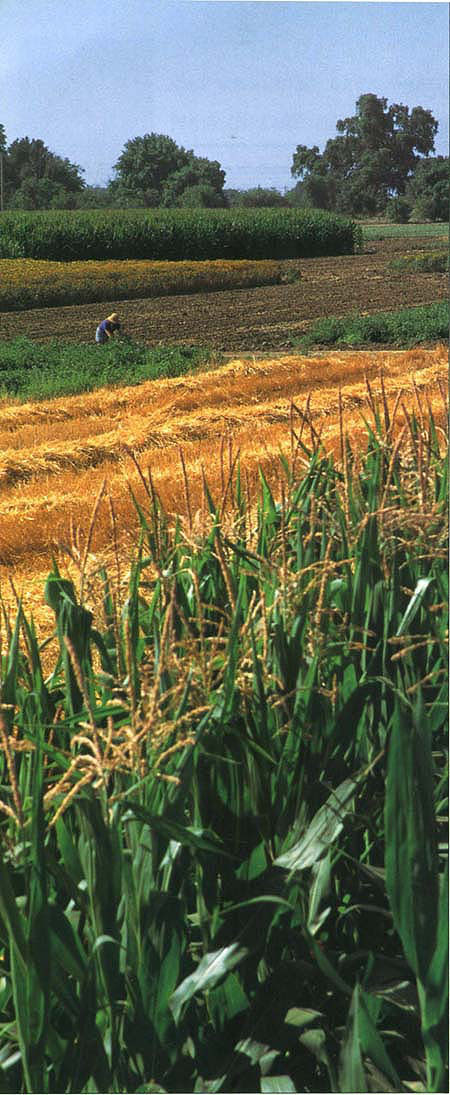All Issues
Farming in transition – Editor's note
Publication Information
California Agriculture 48(5):4-4.
Published September 01, 1994
PDF | Citation | Permissions
Full text
Most of California's 80,000 farmers, like society as a whole, want to reduce pesticide and fertilizer use. Their reasons include:
-
rising costs (pesticide expense is as much as 20% of production for some specialty crops),
-
decreased effectiveness (existing pests develop resistance or evolve into new, more destructive forms),
-
pesticide losses due to government regulation (more stringent laws have resulted in the ban or voluntary withdrawal of numerous products),
-
liability resulting from environmental effects such as groundwater contamination (Proposition 65, for example, holds industry directly accountable for use of chemicals that can cause cancer, birth defects or sterility).
Grower efforts to adopt more sustainable practices run the gamut, from total conversion to organic — undertaken by about 2% of growers — to adoption of at least some integrated pest management (IPM) techniques. (UC IPM conferences and manuals reach 90% of the state's pest control advisors.)
In Farming in transition, we examine a unique UC Davis project comparing whole farming systems — organic, low-input and conventional. Four articles ( see pp. 14–42 ) report how these systems fared in the first 4 years of an ongoing 12-year project. Funded in large part by the Sustainable Agriculture Research and and Education Project and its federal counterpart SARE, this project drew upon grower expertise; major management decisions for all systems were made by a team of UC researchers and Sacramento-area farmers.
Findings offer a preview of the practical and economic consequences of choosing organic, low-input or conventional farming. However, research into whole systems is by nature long-term, and these results are preliminary. For a complete discussion of the systems approach to research, see the analysis by UC Davis agronomist Stephen Kaffka ( p. 11 ). Readers will also find an overview of sustainable research ( p. 7 ), and a review of cover crop techniques ( see p. 43 ).
This sampling of research in no way represents the breadth and depth of the systemwide effort to promote sustainability — an effort which includes hundreds of research projects by campus faculty, farm advisors and commodity groups. There are also significant efforts by special programs including the Agricultural Issues Center, the Center for Pest Management Research and Extension, the Centers for Water and Wildlands Resources, the Integrated Hardwood Range Management Program, the Kearney Foundation of Soil Science, the UC Toxic Substances Research and Training Program, and many more. In addition, private growers and industry daily undertake research to reduce expensive, nonsustainable farm inputs.





